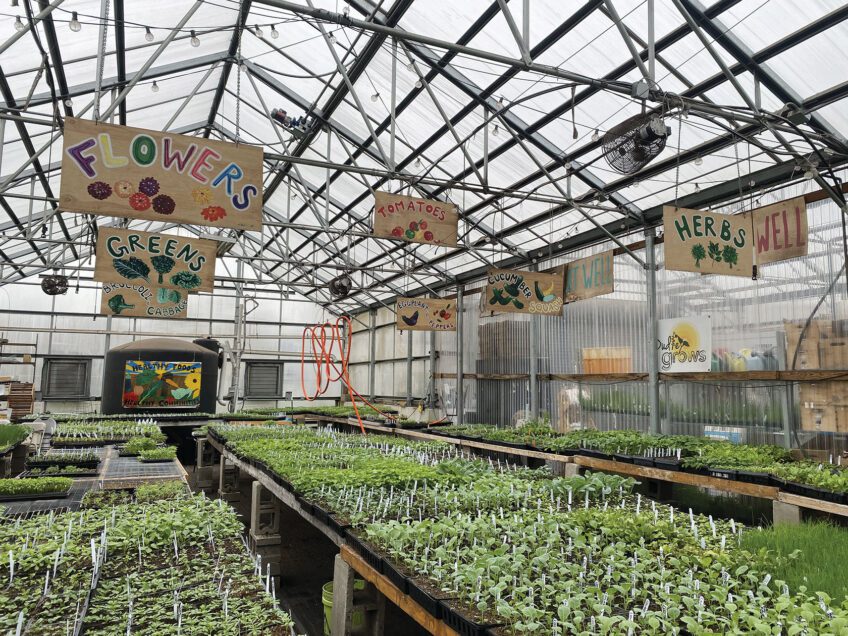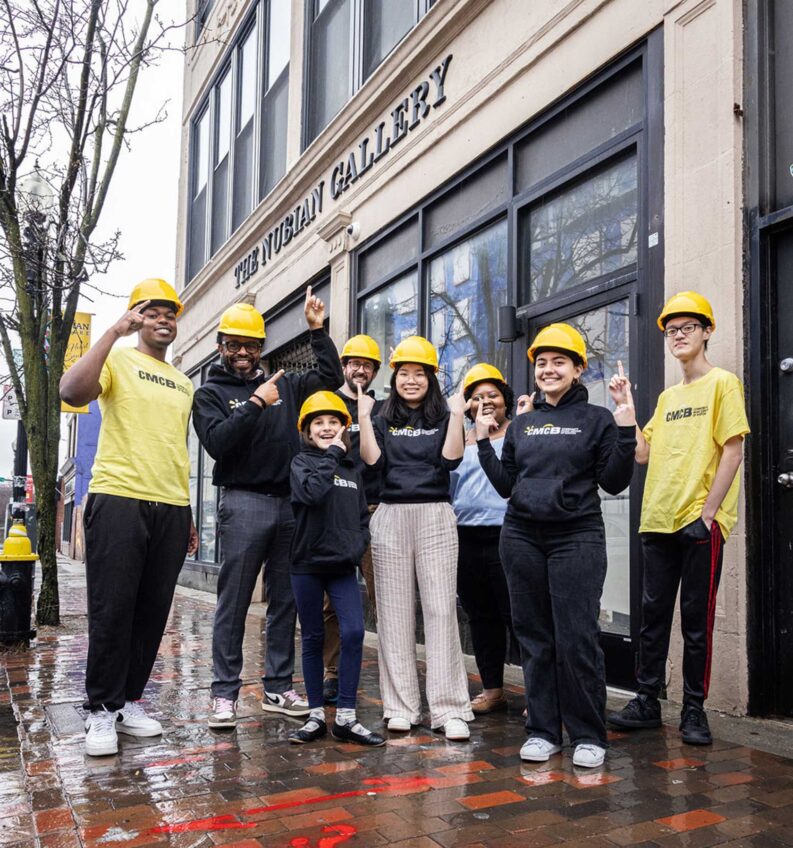

Boston Public Schools has launched a new bullying prevention text hotline. The hotline uses software called TipTxt that monitors texts and sends automated responses based on keywords or phrases in the text, as shown above. The text hotline will be constantly monitored by school officials.
Boston Public Schools is serious about stopping bullying in its halls.
BPS has had a bullying hotline for several years, but this school year it has launched a new text hotline that school officials are hoping will get more kids reporting problems.
“With the text hotline we hope it is going to provide direct access for students to report bullying,” said Jodie Elgee, head of BPS’ anti-bullying program, which is run out of the school system’s Consulting and Intervention Center in Roslindale. “We know that the way most kids communicate is by text.
“It is providing them with a platform they are familiar with that they use on a daily basis,” she added.
The text hotline allows any student to send information to a phone line set up specifically to deal with bullying. According to Elgee, depending on what the text says, students will receive different automated responses.
If a student writes that someone is in a dangerous situation, for example, the text will direct them to call 911. For less dangerous situations the automated reply will ask for information about who is doing what, when and where.
The text line is being monitored, and text responses give students the number to call to reach a school official if the student wishes to speak to one. Anyone who says they are being bullied will hear back from a school official.
When many states established anti-bullying legislation several years ago, most had key stipulations that reporters of bullying must remain anonymous in order to prevent of retribution aimed at students reporting incidents. Elgee pointed out the text hotline is still anonymous.
“We are really not interested in who is calling specifically. We want to help kids have a way to share their concerns,” Elgee said. “We can get in touch with the school principal and not identify the person who is making the report.
“They also do not have to talk to me in person. We can do the whole thing by text,” she added.
BPS’ bullying prevention hotline, which was started in 2009, is called a success by school officials. But Elgee said it also taught them that most of those calls that come in are actually going to be from adults — 90 percent of the calls to the bullying hotline since it was started are from parents or caregivers. Students are going home and reporting bullying to their parents, who are then calling to report the incident.
While school administrators are happy that students are reporting incidents of bullying to someone, the concern is that it takes longer to report through parents, and that many incidents still go unreported.
“We are hoping we will get a quicker response to the students because it doesn’t have to go through the filter of adults,” said Elgee. “We are hoping the incidents will be reported as they occur.”
Elgee also points out that it is better for students to report bullying incid ents themselves, whether they are the victim or a bystander. “We would like to empower students,” she said. We would like them to learn to stand up for themselves and advocate for themselves,” she said.
A key part of bullying prevention is not just dealing with bullies and victims, Eglee explains. She points out the bystanders have power to stop bullying. Bullying education always pushes students to be “helpful and active bystanders.”
Statistics show that 85 percent of the kids that go to school want to do the right thing and help stop bullying, while only 15 percent are bullies or show antisocial behavior, according to Elgee.
“Unfortunately, it is very often the minority who sets the tone,” Elgee said. “What we are trying to do is enable and empower the majority of kids to do the right thing. “When you talk to kids about bullying most kids will say they know it is wrong. What they don’t realize is that not doing anything is allowing the bully to have more power. … We don’t want kids to put themselves in jeopardy in any way, but there are lots of ways that kids can stop it.”
Administrators have some suggestions for students that witness bullying: don’t laugh, tell an adult, be friends with a target of bullying and tell a bully to stop.
BPS runs a program called “Saturdays for Success” for students involved in bullying incidents, including those who were bystanders to bullying. It is a 32-hour program run for four hours over eight Saturdays.
The new bullying prevention text hotline is made possible by Blackboard Inc.’s TipTxt, a two-way texting service for schools. The Washington, D.C.-based Blackboard is provider of technology products to schools.
In May, Blackboard offered TipTxt free to all K-12 schools and districts in the United States. According to the company, it did so to help address the nationwide dilemma of bullying in schools.
“To us at Blackboard, we are not only a technology vendor to K-12, we are also part of the community and we want to help address issues and bullying is a huge issue,” said Jay Bhatt, chief executive officer of Blackboard. [We offered it for free because] we felt it aligned with our mission to help schools use technology to tackle the biggest issues they are facing.”
According to Bhatt, hundreds of schools and dozens of school districts have signed up to use TipTxt for the 2014-2015 school year. He said BPS is the biggest school system yet to use the system.
“Ensuring the safety and wellbeing of our students is a top priority and essential to our mission of accelerating students’ academic achievement,” John McDonough, interim superintendent at Boston Public Schools, said in a statement.
Boston Public Schools’ TipTxt number is (617) 765-7125. The BPS Bullying Prevention Hotline is (617) 592-2378. For more information about BPS bullying prevention efforts, visit bostonpublicschools.org/antibullying.


![Banner [Virtual] Art Gallery](https://baystatebanner.com/wp-content/uploads/2024/04/Cagen-Luse_Men-at-store-e1713991226112-150x150.jpg)



